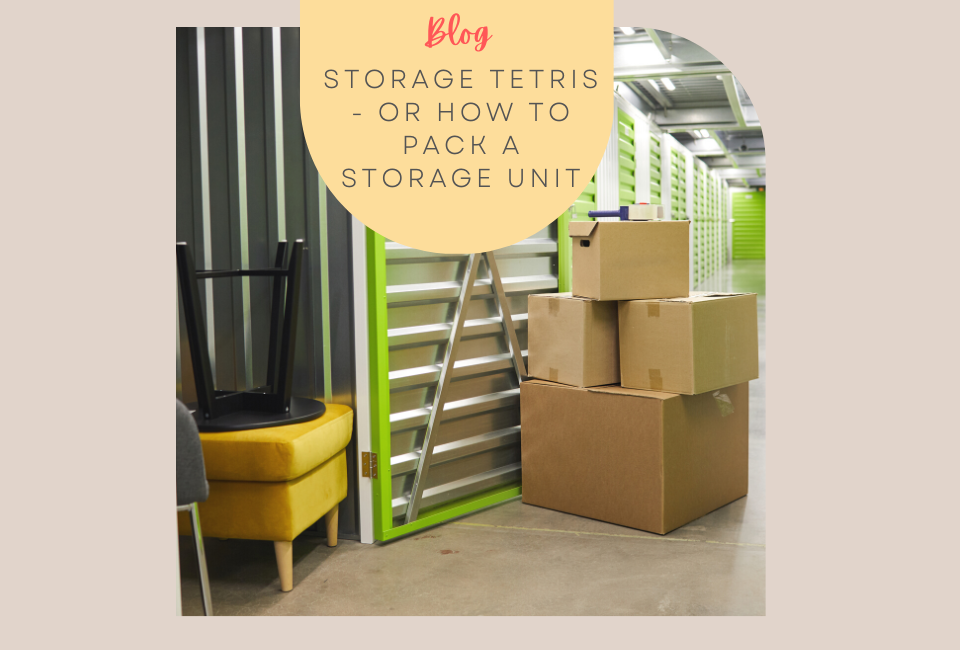How To Store In Dusty Climates

How To Store In a Dusty Climate
In Alberta we live in one of the driest climates on earth and a dry climate means dust — it’s in our homes
and inevitably it finds its way into our storage units. This year is particularly bad because of ash in the air
from the forest fires. No matter how well sealed a home or storage unit may seem, air circulation means
ash and dust will find its way in.
But this doesn’t mean you can’t protect your belongings from this hazard. With some planning and
protection, furniture items like couches, chairs, and tables can safely be kept in a storage unit.
If it’s wood furnishings you are storing, think carefully — if the item is made of delicate tropical wood or
it’s an antique then it’s best to store it somewhere with climate control. Old wood and tropical woods
are highly susceptible to cracking, warping, splitting, and breaking in extreme temperatures. The rule of
thumb is if it would be challenging and expensive to repair, find someplace with a consistent
temperature to store them. Once you have your delicate wood furnishings in a climate-controlled
environment place dust covers over them to minimize the amount of cleaning these items will require
when brought out of storage.
What’s the best way to store upholstered items? While this type of furniture doesn’t need climate
control for storage it is particularly susceptible to damage from ash and dust. Proper furniture covers
like sofa and chair covers are preferable but plastic dust covers also work. These covers can be
purchased for little cost and provide good protection for your belongings. Place one dust cover on the
floor to protect furniture legs from moisture. Then, cover the furniture with another dust cover.
Depending on the size of your dust cover you may need more than one to cover all furnishings,
particularly larger pieces like sofas, tall shelving units, or entertainment units.
These simple steps give furnishings some protection from ash and dust in the air as well as any potential
moisture leaching up through flooring or coming in under a door.
As our climate are becoming more volatile it is best practice to follow your local town/city office and Environment Canada for update information.











 Before disaster strikes, know what your options are. Knowing where you can go for quick secure storage is important. If you have roof damage from a tornado, or a fire or flood at home, your belongings can be kept safe and close by in portable storage containers. This convenient easy access helps minimize stress while repairs to your home are underway. Should you or the restoration companies need things completely removed from the site a portable containers can be safely moved back to our secure storage yard.
Before disaster strikes, know what your options are. Knowing where you can go for quick secure storage is important. If you have roof damage from a tornado, or a fire or flood at home, your belongings can be kept safe and close by in portable storage containers. This convenient easy access helps minimize stress while repairs to your home are underway. Should you or the restoration companies need things completely removed from the site a portable containers can be safely moved back to our secure storage yard. 




